May 21, 2025 | 08:50 GMT +7
May 21, 2025 | 08:50 GMT +7
Hotline: 0913.378.918
May 21, 2025 | 08:50 GMT +7
Hotline: 0913.378.918

Industrial livestock production is a major source of greenhouse gas emissions. Photo: Tung Dinh.
To clarify the issue of greenhouse gas inventory, on the morning of April 11, Deputy Minister of Agriculture and Rural Development Phung Duc Tien had a working session with the Department of Livestock Production, the Department of Science Technology and Environment, and relevant livestock enterprises and associations.
After listening to the opinions, Deputy Minister Phung Duc Tien commented that this is a new issue and is part of the process of bringing net emissions to "zero" by 2050, as the Vietnamese Government committed to at COP26.
However, the Deputy Minister also assumed: "Selling carbon credits is a long-term story. The issue of how to sell and to whom requires balance on a national scale."
Particularly regarding greenhouse gas inventory, the leader of the Ministry of Agriculture and Rural Development raised the issue of the green development trend that is growing at the global level, so greenhouse gas inventory is the work that must be done, but in the immediate future, it is necessary to clarify the measurement method and identify organizations for recognition capabilities.
Giving general direction on greenhouse gas inventory, Deputy Minister Phung Duc Tien emphasized: "To do this, it is first necessary to understand the current situation and build a specific roadmap for the livestock industry. In addition, enterprises and associations need to pioneer and be able to share experiences in implementing greenhouse gas inventory."
At the working session, representatives of some enterprises had their opinions on this issue. Most of them supported the policy and committed to its implementation. However, because greenhouse gas inventory is a new issue, costs are still high and regulations are not detailed. Therefore, enterprises suggested more companionship from state management agencies with specific orientation and guidance. In addition, there are also opinions about extending the implementation time and progress.
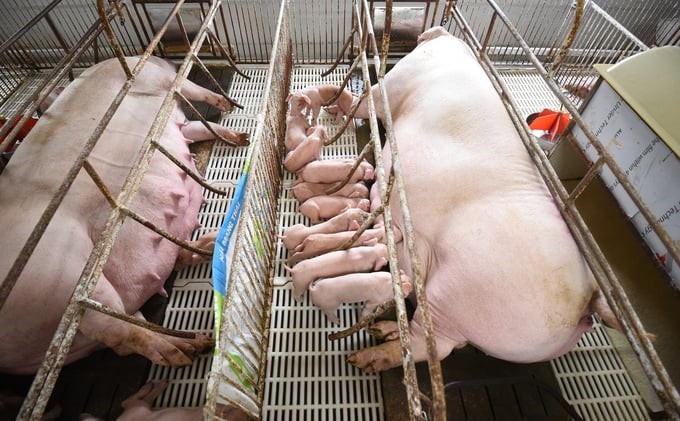
Large-scale livestock facilities need to conduct greenhouse gas inventory. Photo: Tung Dinh.
Previously, the Department of Livestock Production recommended that Vietnam apply for and require large-scale livestock facilities to conduct greenhouse gas inventory.
According to the Department of Livestock Production, industrial livestock production is one of the sources of environmental pollution and has been contributing significantly to Vietnam's total greenhouse gas emissions.
Inventory results show that greenhouse gas emissions from cow and pig farming always account for the largest portion of the industry's total greenhouse gas emissions.
Methane emissions from animal manure are caused by anaerobic conditions in biogas tunnels or in places where animal manure is stored in large quantities but with poor ventilation conditions. Therefore, the largest methane emissions often occur in animals with concentrated farming and using a lot of water to clean barns, such as market hog farming.
Looking at the experience of reducing greenhouse gas emissions in countries with advanced livestock industries such as China, the US, Japan, Thailand, etc., the greenhouse gas management and reporting requirements of developed and developing countries always require the participation of industrial and agricultural facilities in reporting periods.
On that basis, for the livestock industry, it is recommended that Vietnam apply the management of greenhouse gas emission data of livestock facilities based on calculations and operational data of the Ministry of Agriculture and Rural Development. Of which, it is essential to require large-scale livestock facilities to conduct greenhouse gas inventory.
According to information from the Ministry of Agriculture and Rural Development, the total amount of livestock waste in 2022 is up to 81.8 million tons/year, of which pig farming accounts for 44.9%, beef cattle for 26.7%, buffalo for 15.3%, poultry for 8.1%, and dairy cows for 4.9%.
In addition, liquid waste generated from livestock activities in 2022 is estimated at 379 million m3. However, only about 50% of solid waste and 20% of liquid waste are treated before being discharged into the environment.
Greenhouse gas emissions from livestock farming include two main sources: methane gas from the rumen of ruminants and CH4 and N2O gases from animal manure.
According to survey results in 2016, the amount of greenhouse gases emitted from the rumen of ruminants accounts for the highest proportion of 444,000 tons of CH4 (equivalent to 12.42 million tons of CO2e). Following are emissions from animal manure, with 11,000 tons of N2O (equivalent to 2.97 million tons of CO2e) and 112,000 tons of CH4 (equivalent to 3.13 million tons of CO2e).
Translated by Thu Huyen
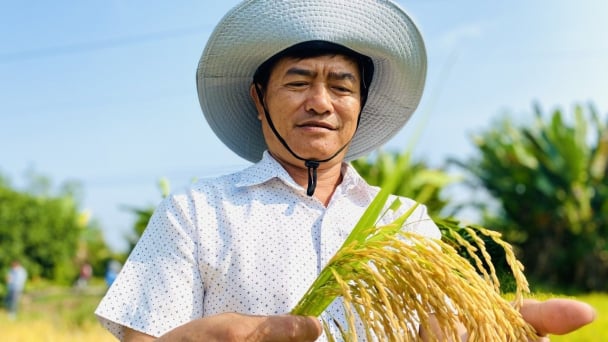
(VAN) Dong Thap farmers attained an average profit margin of 64% during the summer-autumn 2024 crop (first season), while An Giang and Kien Giang farmers followed with 56% and 54%, respectively.
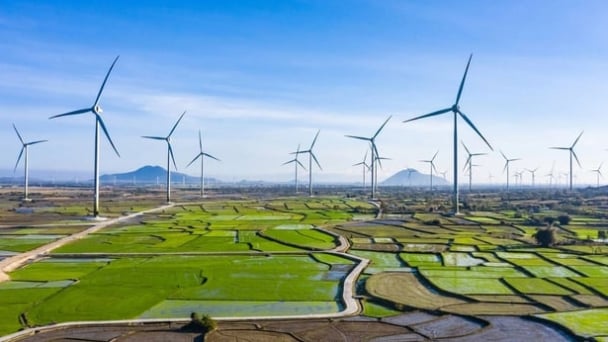
(VAN) As a doctoral student doing research on renewable energy and electrification at Harvard University, the author shares his musings on electricity, nature, and countryside memories.
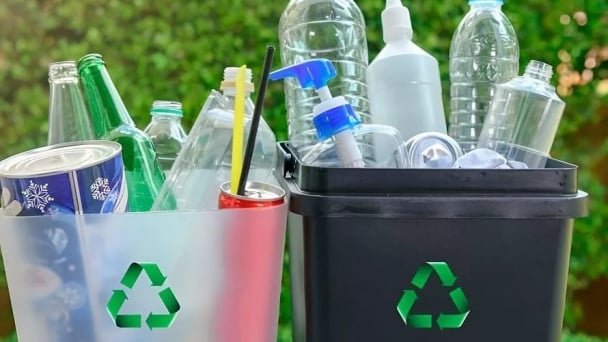
(VAN) The decree on Extended Producer Responsibility (EPR) ensures transparent management and disbursement of support funds, avoiding the creation of a “give-and-take” mechanism.
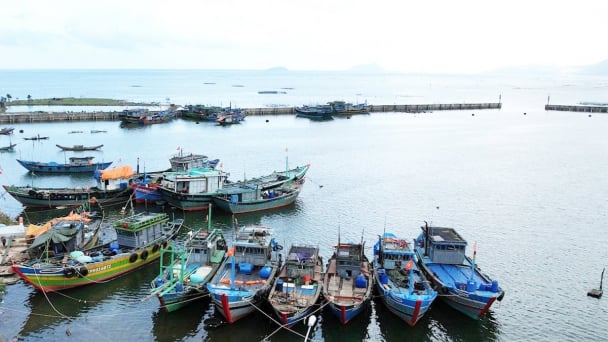
(VAN) Hue City rigorously enforces regulations regarding marine fishing and resource exploitation, with a particular emphasis on the monitoring of fishing vessels to prevent illegal, unreported, and unregulated (IUU) fishing.
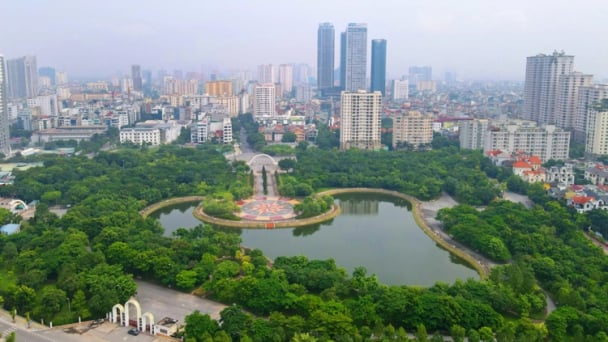
(VAN) Hanoi People's Committee has issued a plan on reducing greenhouse gas emissions in the waste management sector with 2030 vision.
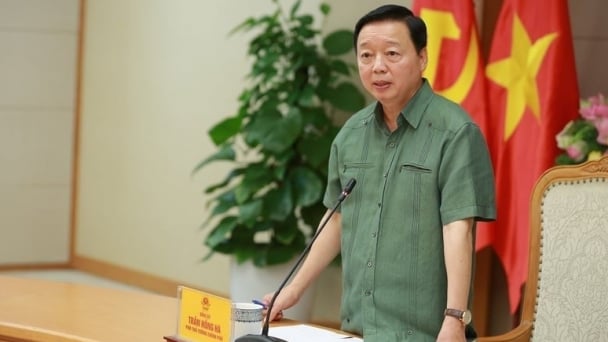
(VAN) Vietnam's draft amendment to Decree No. 156 proposes a mechanism for medicinal herb farming under forest canopies, linking economic development to population retention and the sustainable protection and development of forests.
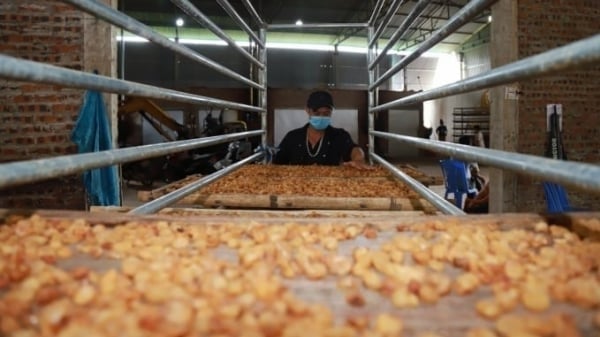
(VAN) In reality, many craft village models combined with tourism in Son La have proven effective, bringing significant economic benefits to rural communities.